$600 Tariff Rebate Checks? Trump’s 2025 Plan Could Put Cash Back In Americans’ Pockets – Financial Freedom Countdown
The possibility of new rebate checks has stirred debate in Washington, thanks to President Donald Trump’s aggressive tariff policies.
His administration’s push to collect record-breaking tariff revenues has opened the door to a fresh idea: using that money to send direct payments to American families.
While the plan excites some, others warn it could be financially reckless.
Hawley Pushes the “American Worker Rebate Act”
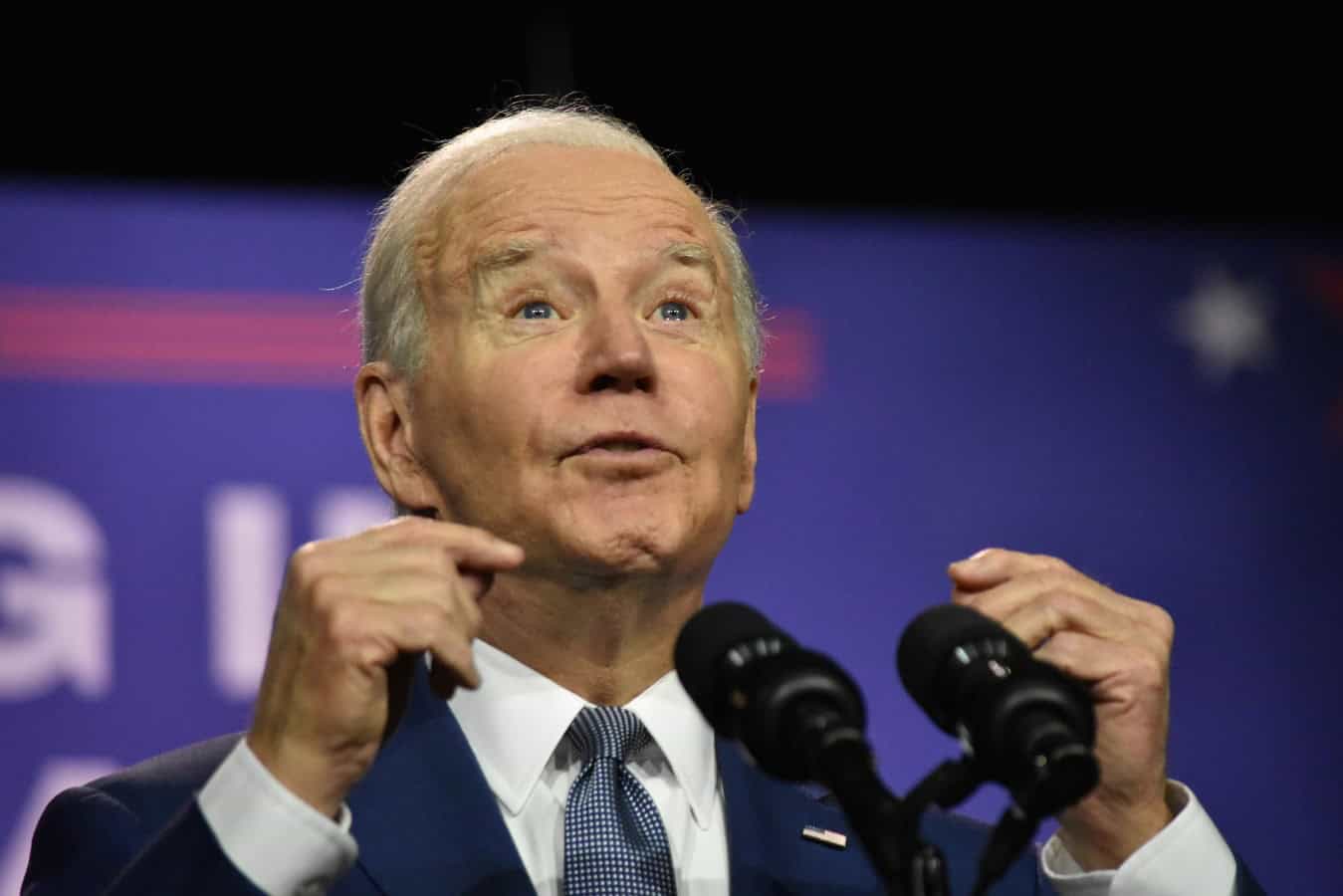
At the center of the discussion is Senator Josh Hawley of Missouri, who introduced the American Worker Rebate Act in late July.
His plan would redirect tariff revenues into checks for American households, modeled after the pandemic-era stimulus. Each adult and dependent child would receive at least $600; meaning a family of four could get $2,400.
Hawley argues that after “four years of Biden’s failed economic policies,” families deserve a direct boost from Trump’s tariff windfall.
Who Qualifies For Tariff Rebate Checks

To qualify, you must be an eligible individual, meaning:
U.S. resident
Not claimed as a dependent on another return
Not a nonresident alien
Not an estate or trust
Each person must also have a valid SSN.
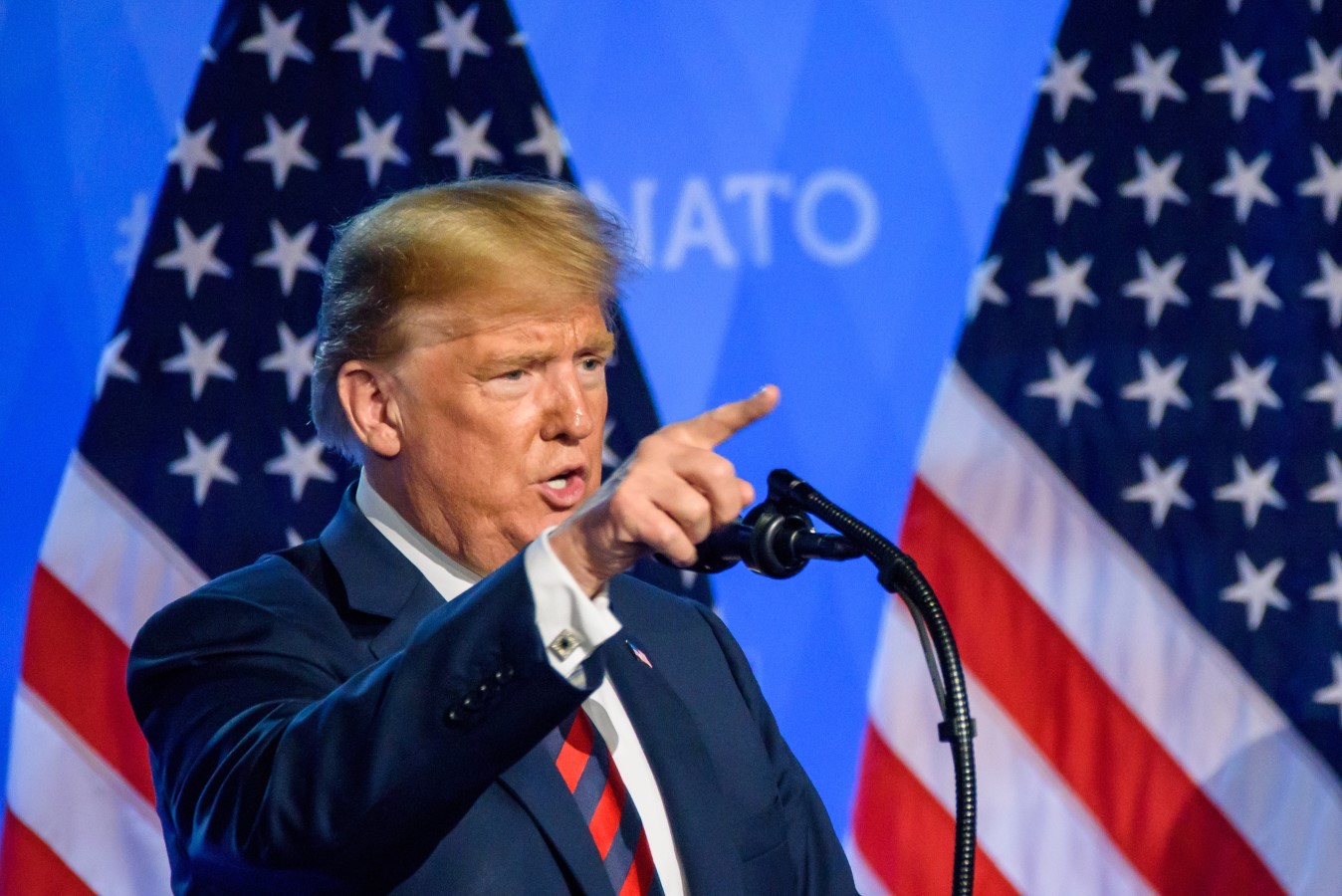
Trump has touted tariffs as a cornerstone of his second term, saying they are creating a “golden age of America.”
Treasury data backs up his claim that the government is pulling in historic sums: nearly $30 billion in tariff revenue just last month, a 242% increase from a year earlier.
In total, more than $100 billion has been collected this year alone, prompting Trump to suggest Americans may see “a dividend” from all that money.
Who Would Qualify for the Checks?
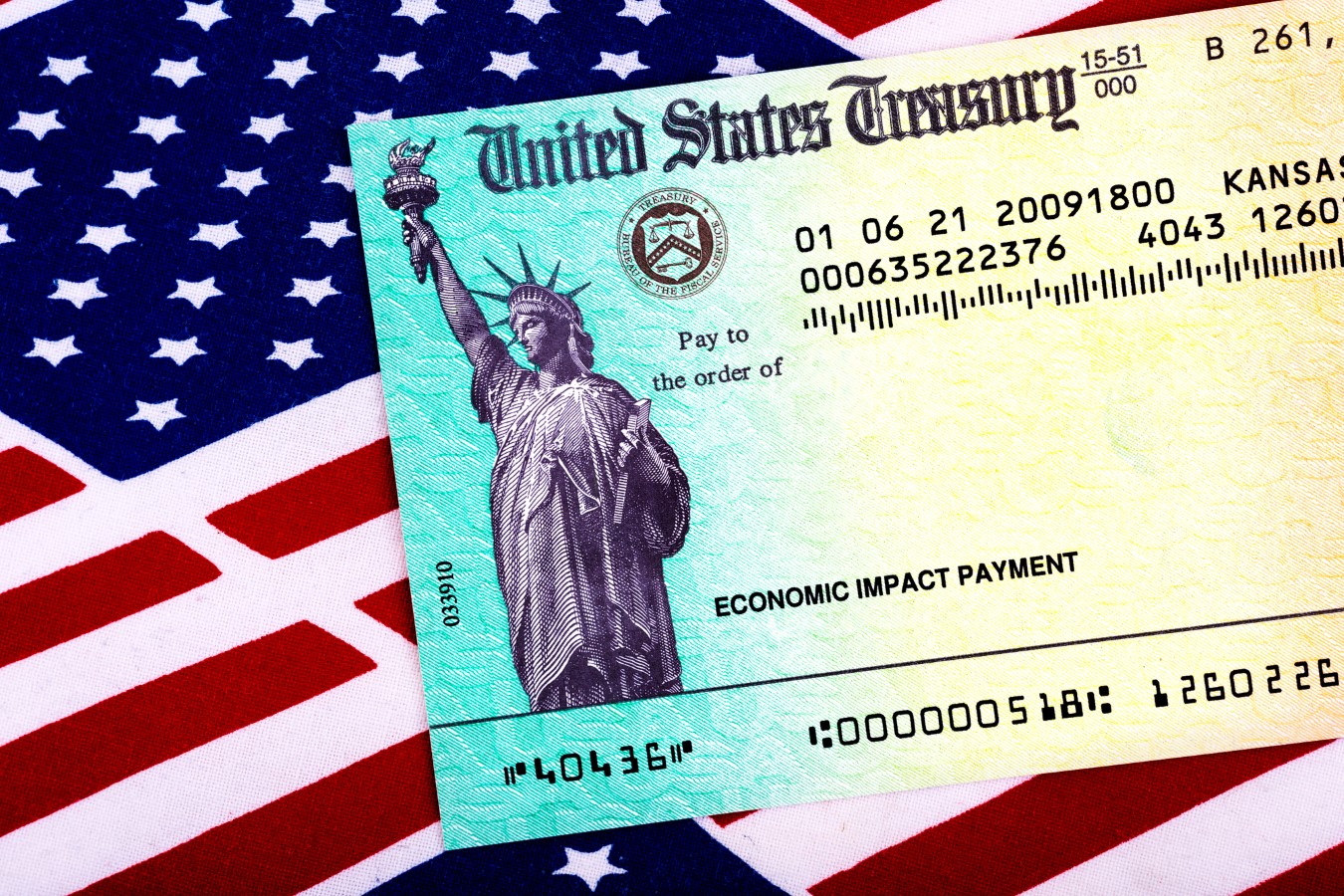
Hawley’s proposal sets clear income caps.
Individuals making over $75,000, heads of household earning above $112,000, and couples filing jointly with more than $150,000 in income would see their rebates reduced.
Families under those thresholds, however, would get the full $600 per person.
The idea mirrors pandemic-era stimulus, though Trump himself once criticized those checks for fueling inflation.
Not Everyone Is On Board
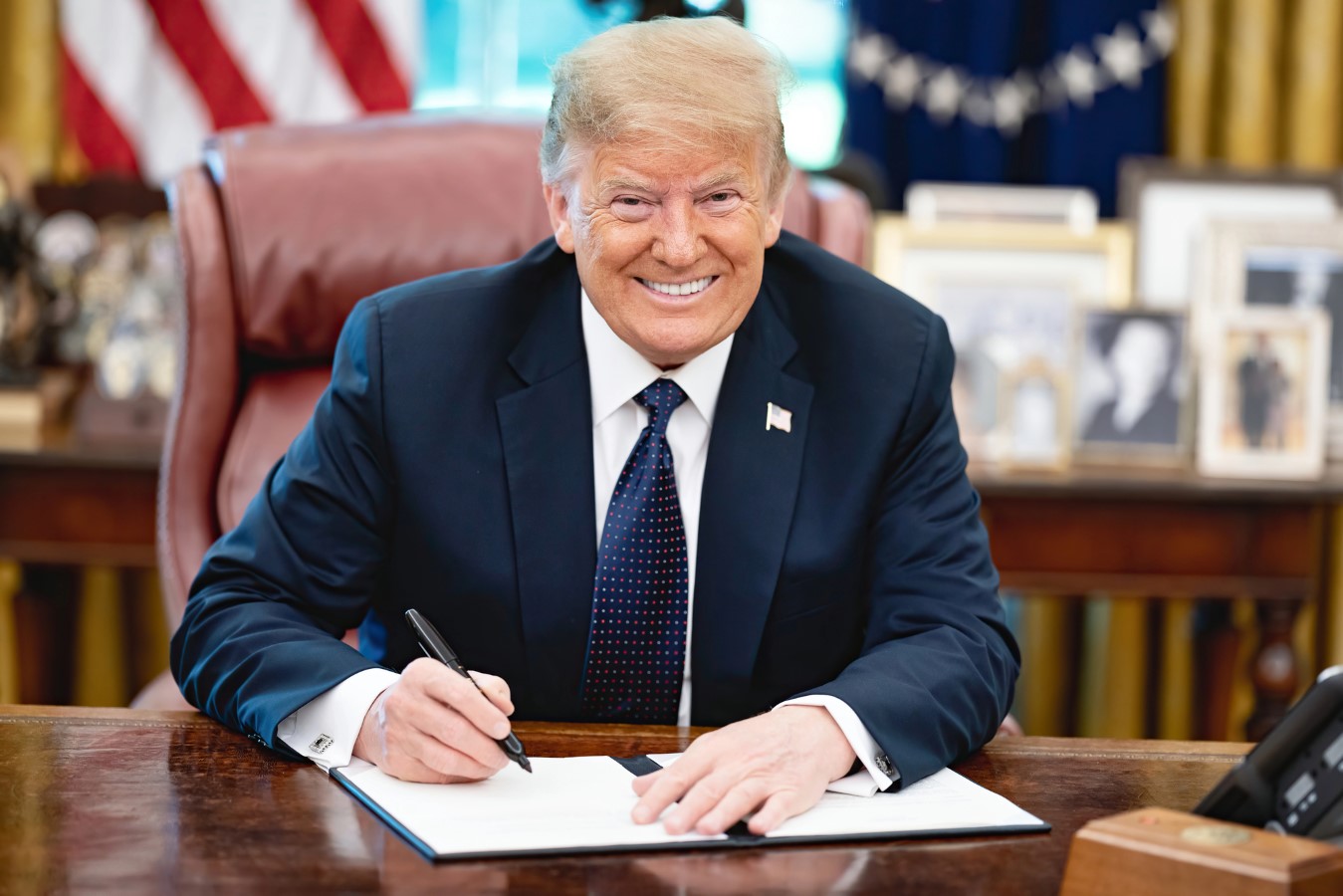
Despite Trump’s backing, the plan faces sharp resistance from within the GOP.
Senator Rand Paul dismissed it as “ridiculous,” saying “there is no rebate if there’s no money.” Ohio Senator Bernie Moreno blasted it as “insane” and “extraordinarily inflationary.”
Others, like Senator Roger Marshall of Kansas, argue the funds should instead reduce the national debt, now over $37 trillion.
Trump’s Balancing Act: Rebates or Debt Reduction?

Even Trump himself has offered mixed messages.
On one hand, he insists the primary goal of tariffs is to shrink the deficit. On the other, he has mused that a rebate for working families could be “really nice.”
His comments suggest a balancing act between fiscal discipline and populist appeal.
A Divided Republican Party
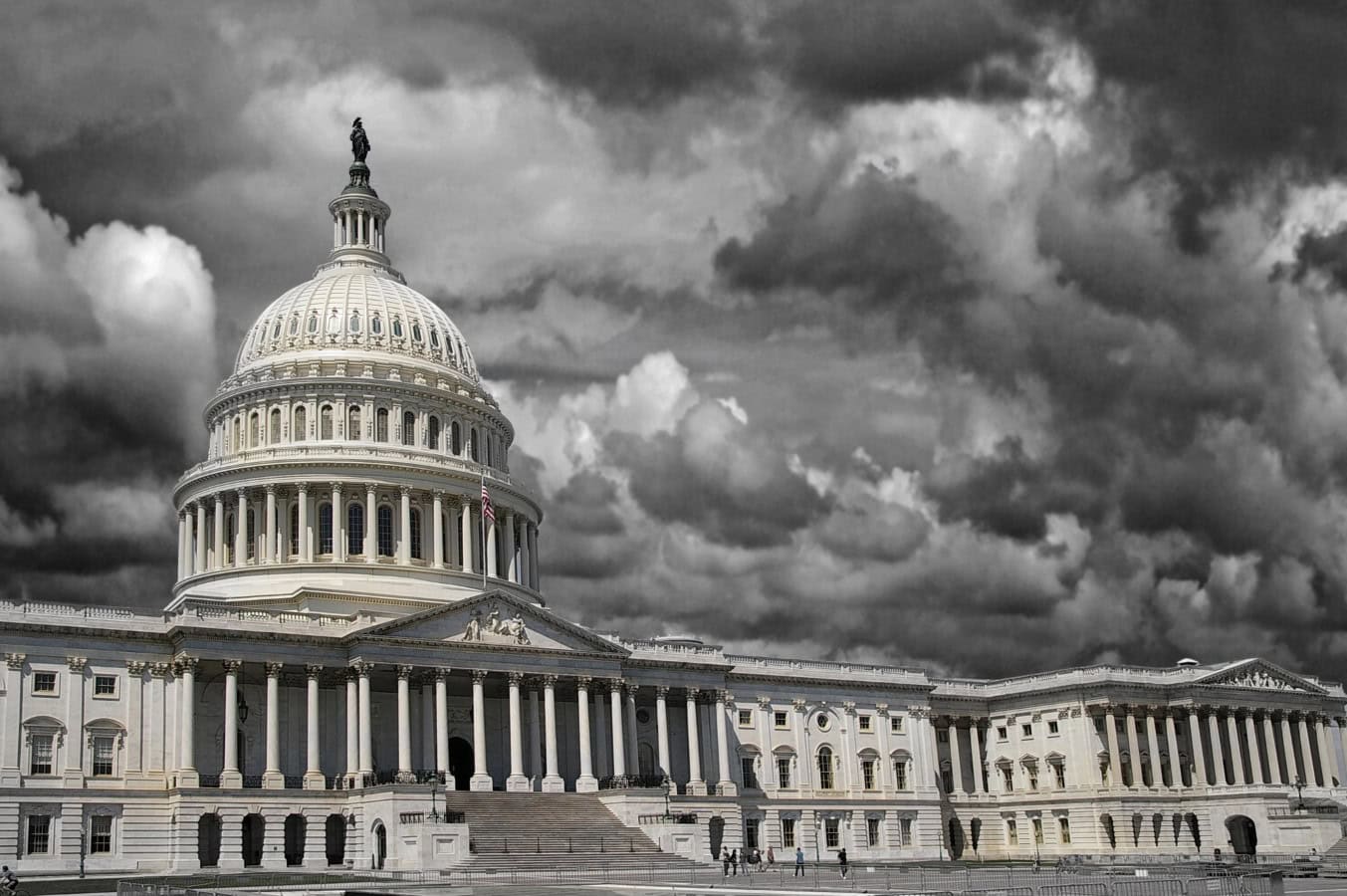
The debate highlights a growing split within the Republican Party.
Some, like Hawley, want to channel tariff gains into direct household relief. Others insist America’s staggering debt load makes giveaways irresponsible.
Senator Ron Johnson summed it up: “When we have a surplus, I’d be all for it. But we’re $37 trillion in debt.”
Lessons From Past Stimulus Checks
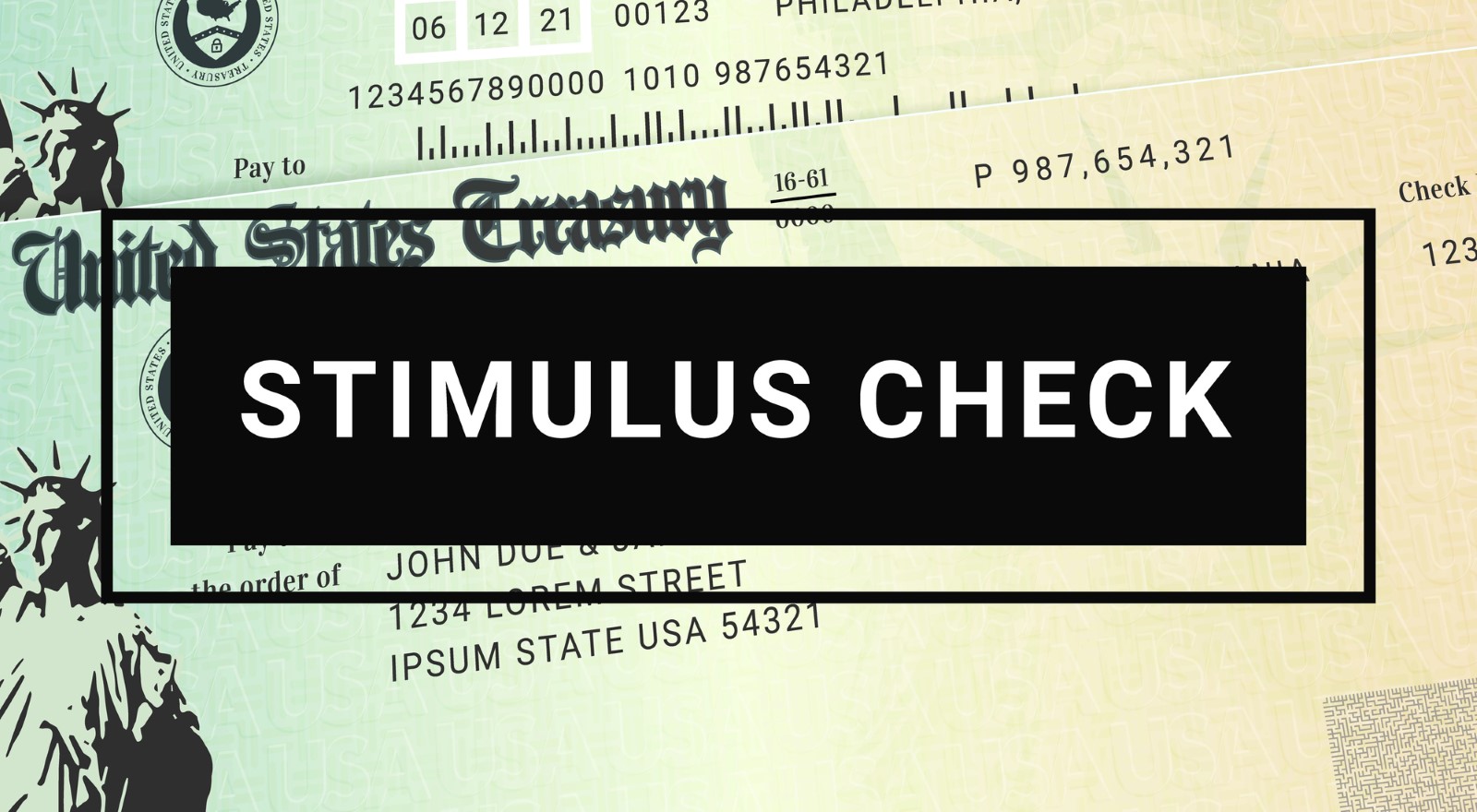
Stimulus payments are not new to U.S. politics.
Checks were issued during the 2020-2021 lockdowns and even during the 2007–09 recession.
But they have always come in moments of crisis.
Economists warn that handing out rebates while inflation lingers could add fuel to the fire, undermining Trump’s promise to restore economic stability.
What Happens Next?
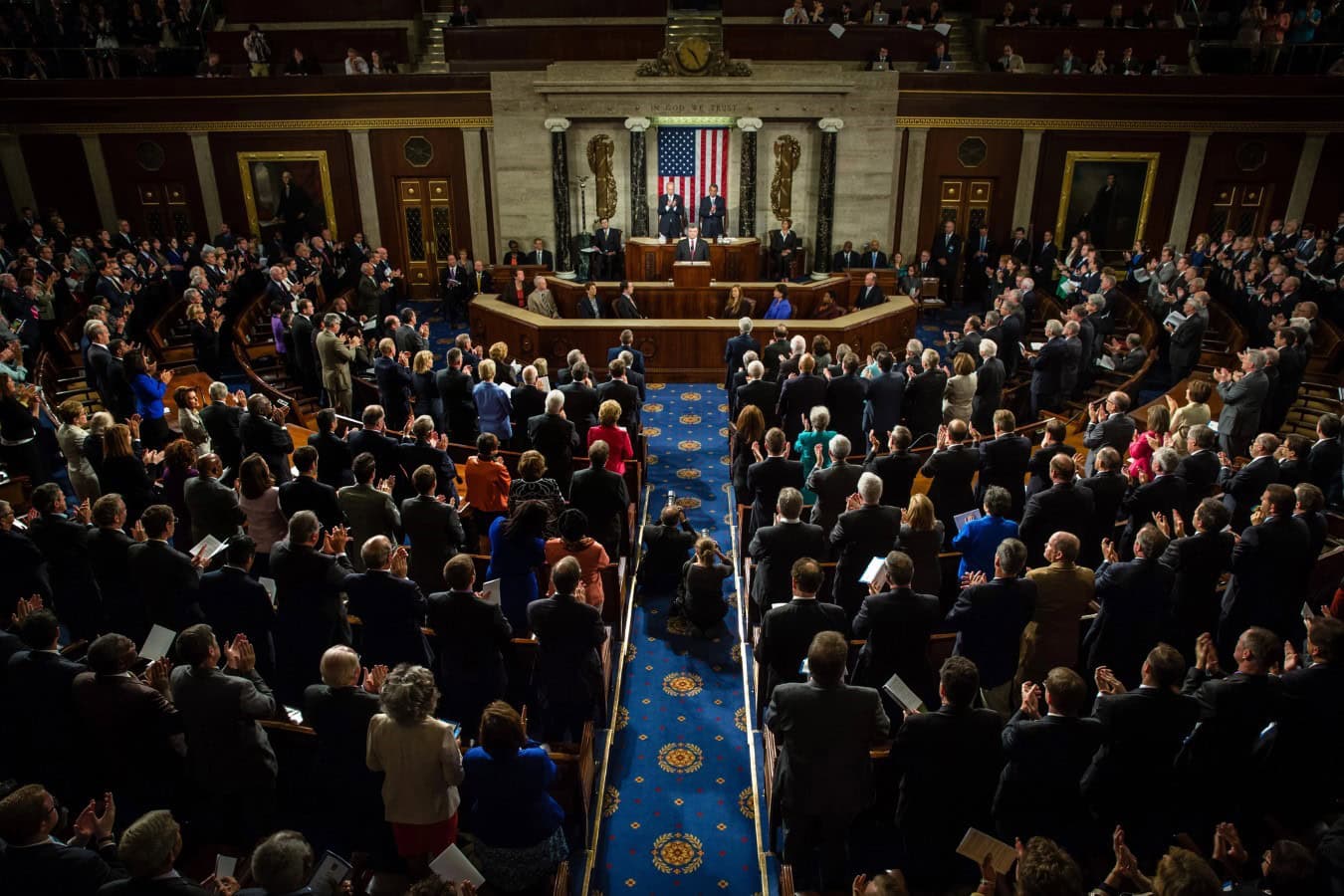
Hawley’s bill will need Senate approval, and with Congress on summer recess until after Labor Day, no immediate action is expected.
The measure faces an uphill battle against deficit hawks and wary Republicans.
Still, Trump’s influence and the eye-popping tariff revenue numbers mean the rebate idea is far from dead.
Will Americans Actually See a Check?
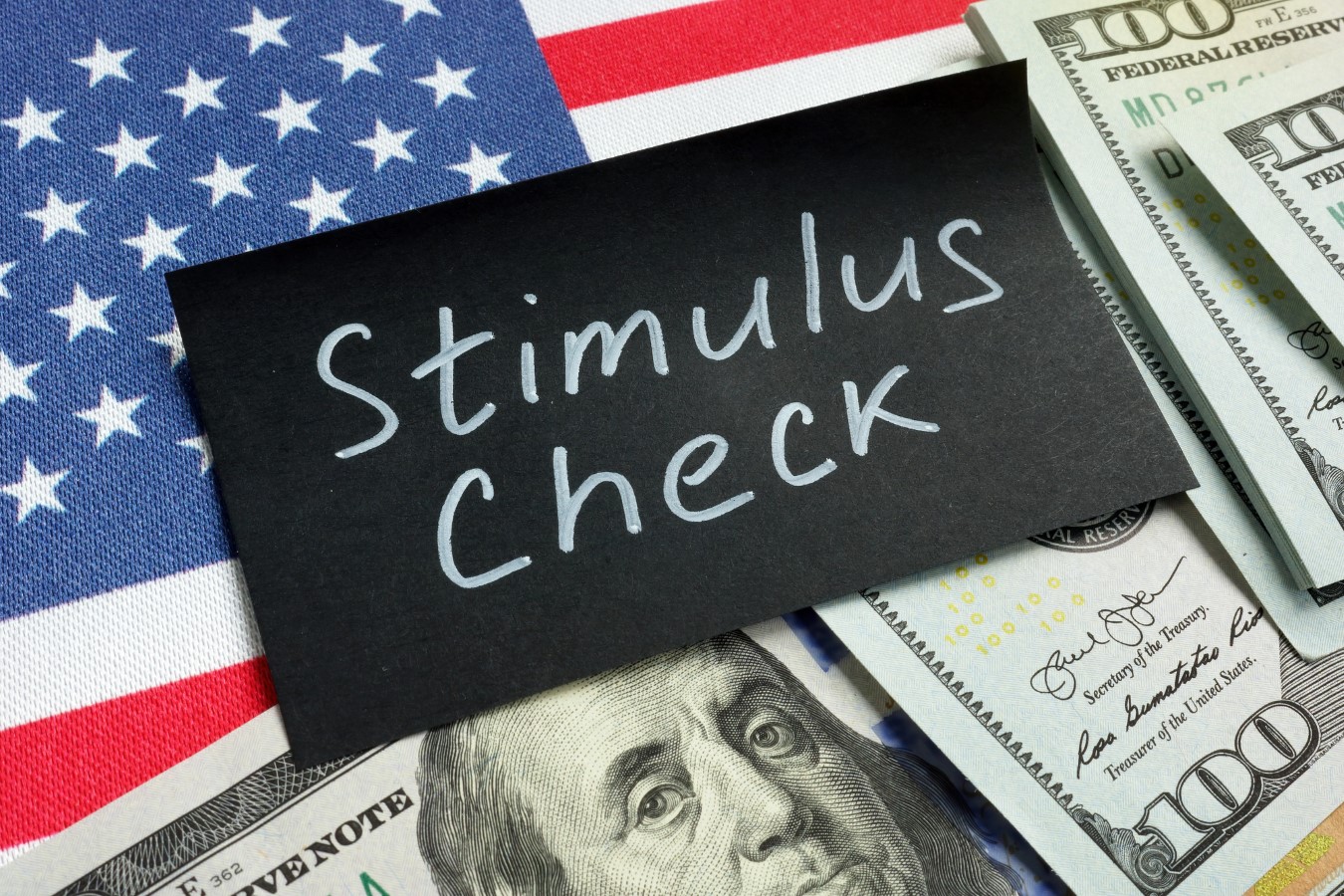
For now, the prospect of a $600 rebate check remains more political talking point than reality.
Washington has the cash flowing in from tariffs, but whether it gets redistributed; or just used to chip away at the debt; depends on Congress.
As one opponent of tariffs said, “If they want to give taxpayers relief from tariffs, the simplest solution is to repeal them altogether.”
Like Financial Freedom Countdown content? Be sure to follow us!
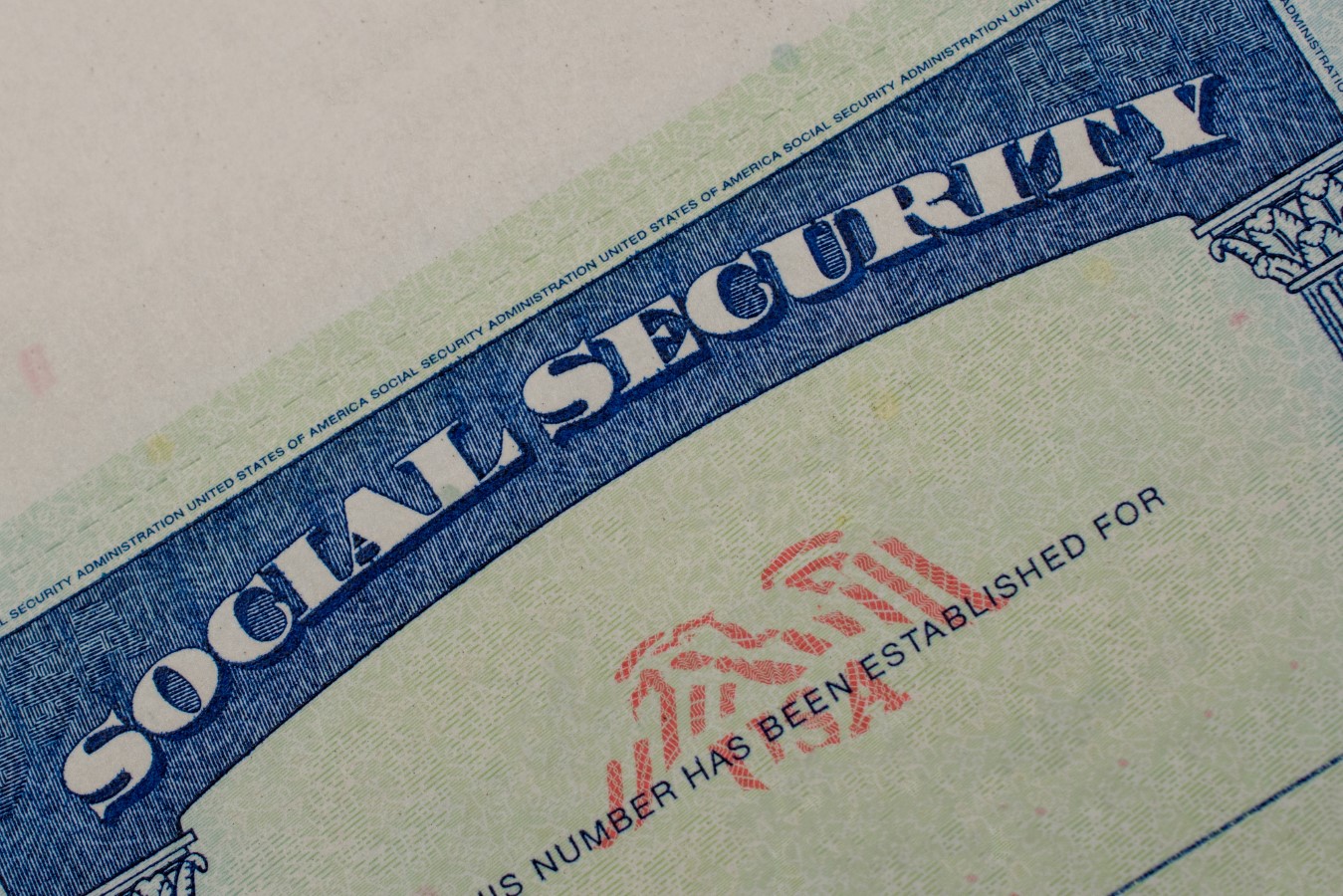
Starting August, the Social Security Administration begins clawing back overpaid benefits at a dramatically faster pace; slashing monthly payments by 50% for recipients with outstanding debts. The abrupt policy change, which affects hundreds of thousands of Americans, is part of the agency’s latest effort to recover an estimated $32.8 billion in overpayments made between 2020 and 2023. While only a small percentage of total recipients are impacted, those affected could now see half their monthly checks vanish; raising serious concerns about hardship among retirees and disabled Americans who rely on Social Security for basic living expenses.
Starting This Month, Social Security Slashes Checks by 50% for Overpaid Retirees
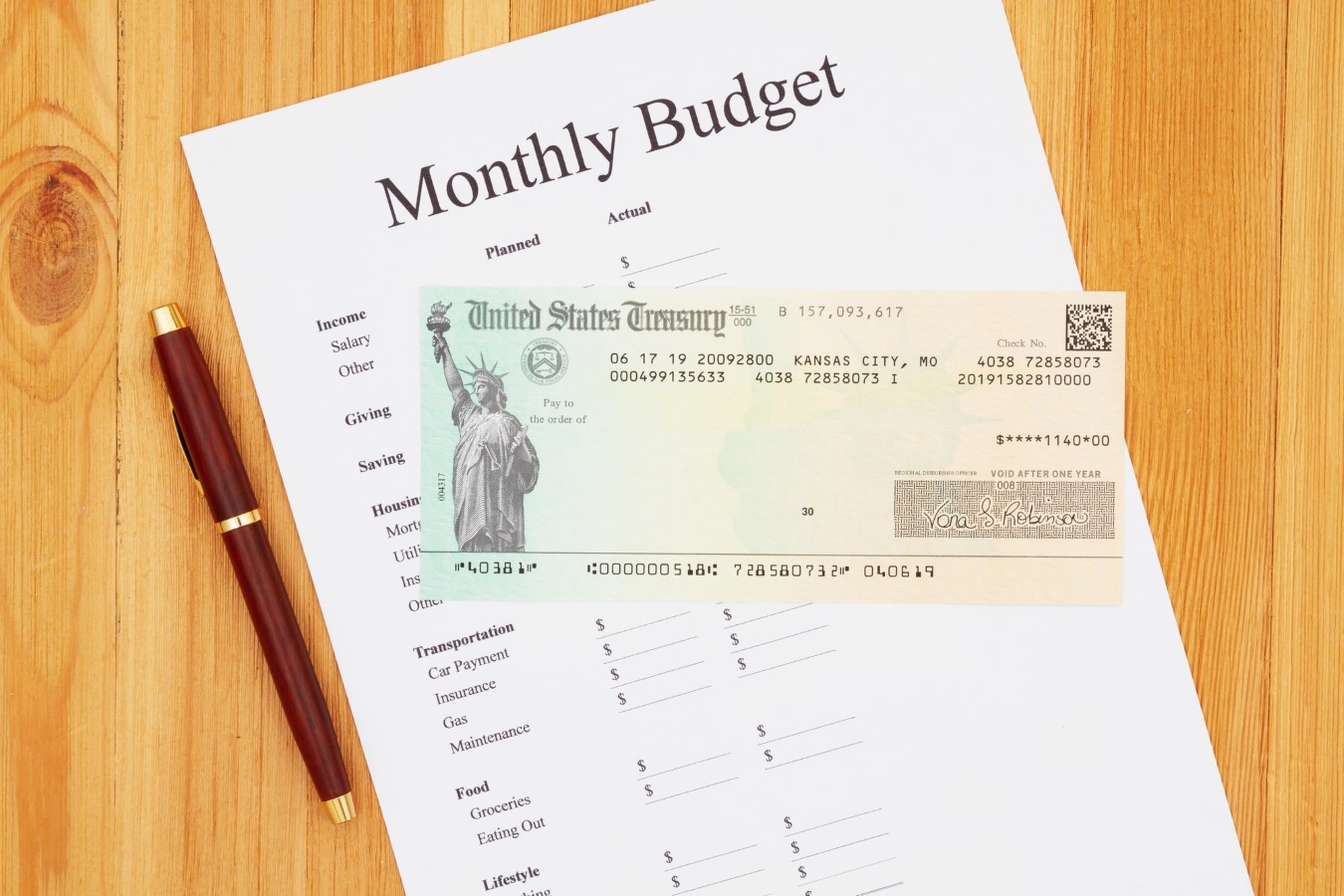
The Social Security Administration (SSA) has announced that paper checks will no longer be issued starting September 30, 2025, in a major modernization move led by the Trump administration. This change is part of a broader government effort to reduce fraud, improve efficiency, and save taxpayer dollars.
Trump’s $1,000 Account for Babies Could Grow to $1.9 Million—Here’s What Parents Need to Know
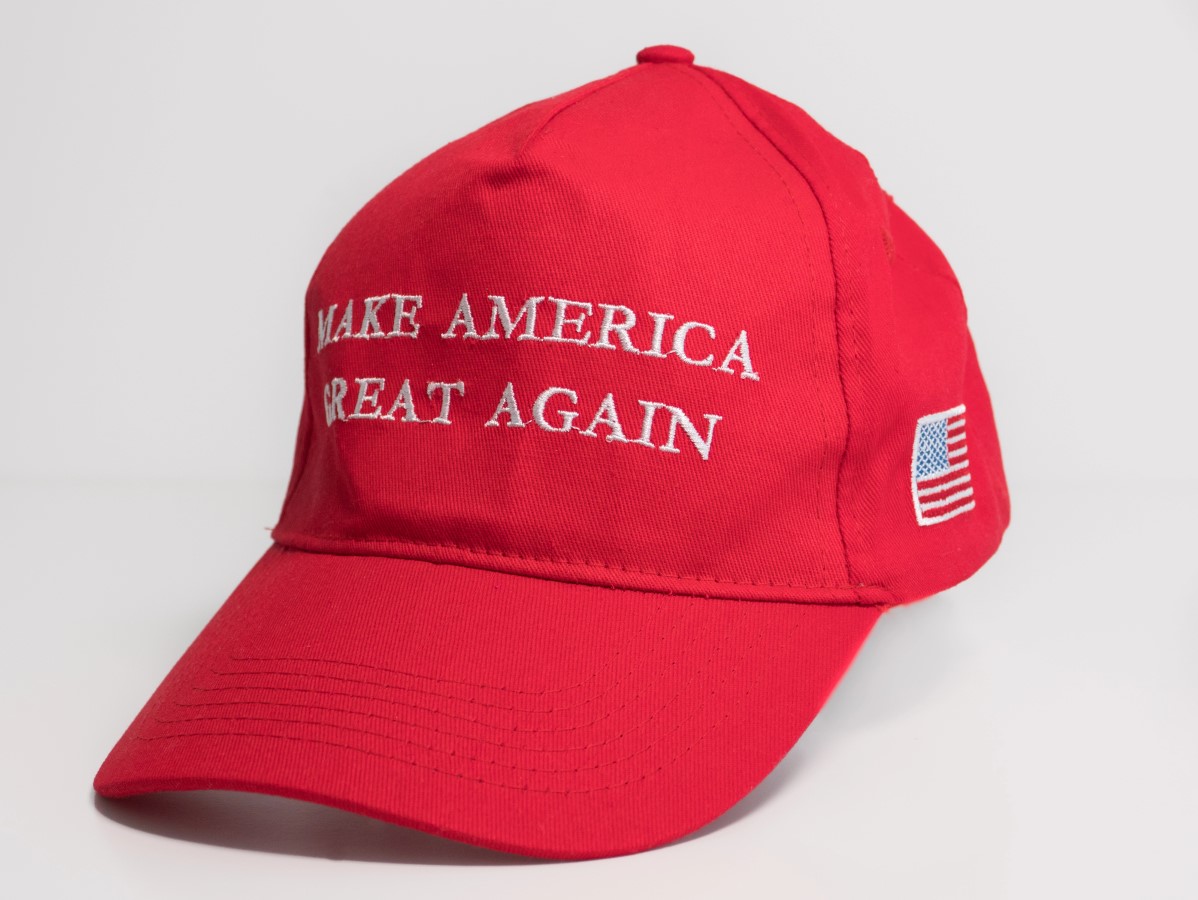
Under the “One Big Beautiful Bill” signed by President Donald Trump on July 4, every baby born from 2025 through 2028 will automatically receive a $1,000 federal investment into a new tax-advantaged “Trump Account.” The goal? To give American children a head start toward wealth creation, entrepreneurship, or homeownership; without relying on bloated federal programs. Initially dubbed “MAGA accounts”; short for “Money Account for Growth and Advancement”, the name was a not-so-subtle nod to Trump’s iconic slogan.
Trump’s $1,000 Account for Babies Could Grow to $1.9 Million—Here’s What Parents Need to Know
New Trump Order Lets 401(k) Hold Crypto and Private Equity. Is It a Retirement Revolution or a Trap?
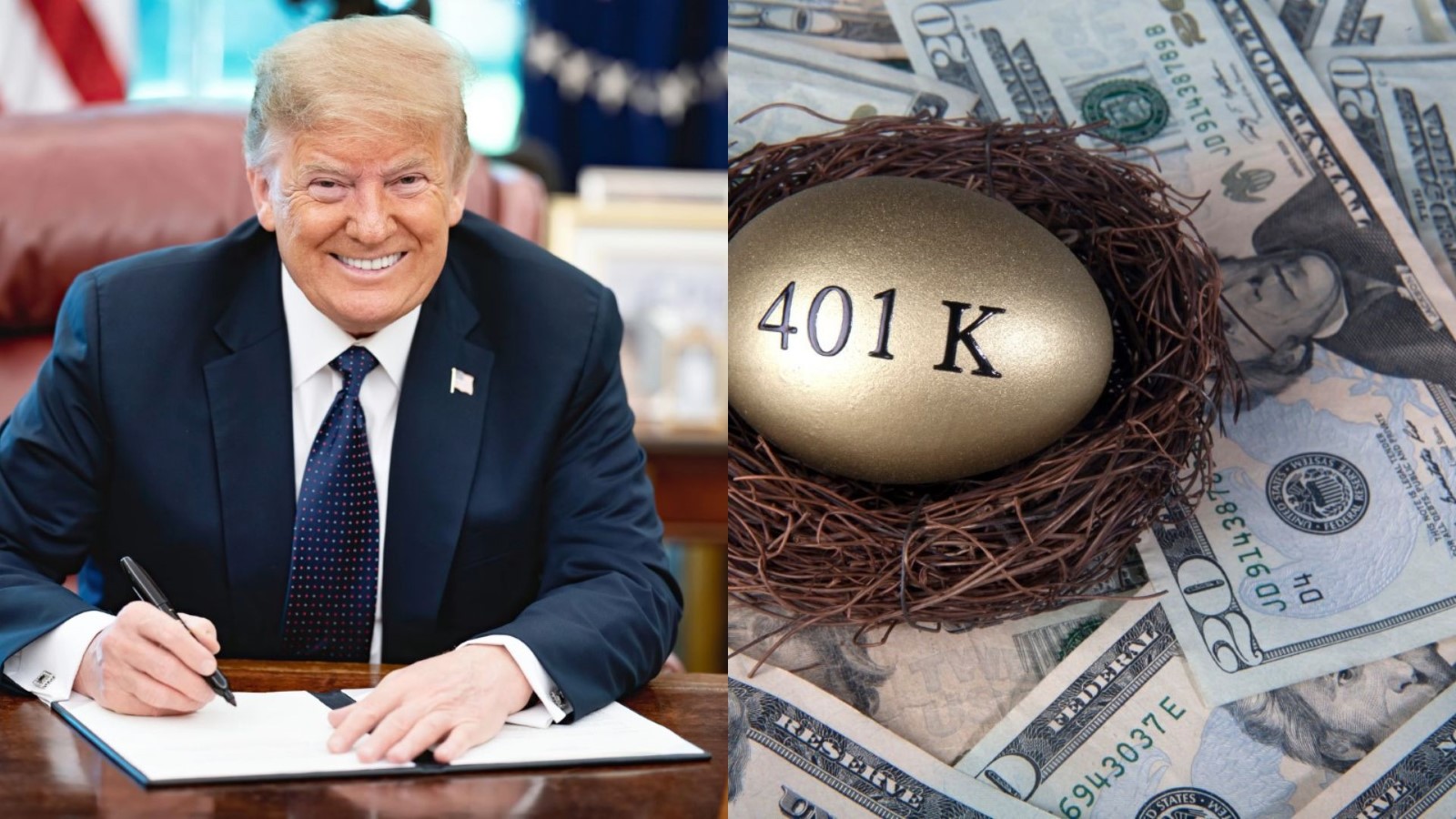
In a move that could reshape retirement planning for millions, President Donald Trump signed an executive order on Thursday allowing alternative investments like private equity, cryptocurrencies, and real estate to be included in 401(k) plans. The change marks a dramatic shift in policy, potentially opening the $12.2 trillion retirement savings market to high-growth assets previously off-limits to everyday Americans.
New Trump Order Lets 401(k) Hold Crypto and Private Equity. Is It a Retirement Revolution or a Trap?

Did you find this article helpful? We’d love to hear your thoughts! Leave a comment with the box on the left-hand side of the screen and share your thoughts.
Also, do you want to stay up-to-date on our latest content?
1. Follow us by clicking the [+ Follow] button above,
2. Give the article a Thumbs Up on the top-left side of the screen.
3. And lastly, if you think this information would benefit your friends and family, don’t hesitate to share it with them!

John Dealbreuin came from a third world country to the US with only $1,000 not knowing anyone; guided by an immigrant dream. In 12 years, he achieved his retirement number.
He started Financial Freedom Countdown to help everyone think differently about their financial challenges and live their best lives. John resides in the San Francisco Bay Area enjoying nature trails and weight training.
Here are his recommended tools
Personal Capital: This is a free tool John uses to track his net worth on a regular basis and as a retirement planner. It also alerts him wrt hidden fees and has a budget tracker included.
Platforms like Yieldstreet provide investment options in art, legal, real estate, structured notes, venture capital, etc. They also have fixed-income portfolios spread across multiple asset classes with a single investment with low minimums of $10,000.